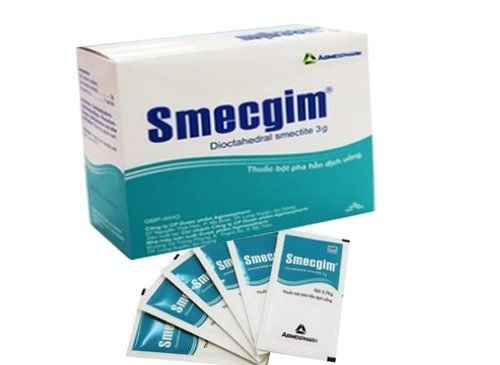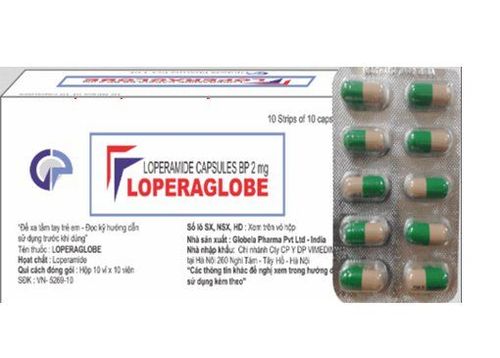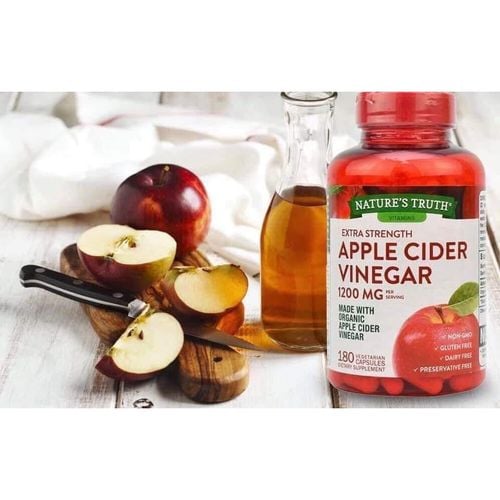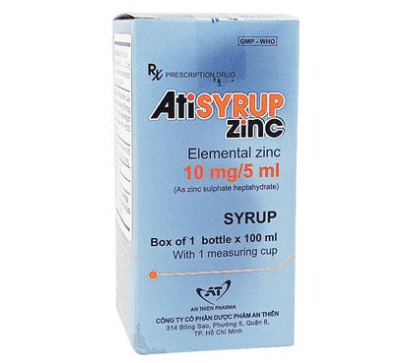This is an automatically translated article.
Posted by Master, Doctor Mai Vien Phuong - Department of Examination & Internal Medicine - Vinmec Central Park International General Hospital
Medium-chain triglycerides are lipid molecules that are more readily absorbed and oxidized than most lipids. This unique property of medium-chain fats helps in the treatment of a number of digestive disorders, where medium-chain fats are mainly used to reduce fat malabsorption and act as a source of calories to optimize nutritional status.
1. Structure of medium chain triglycerides
A fatty acid is a simple lipid molecule with a carboxylic acid group at one end and a hydrocarbon chain at the other end. Triglycerides are lipid molecules with three fatty acids attached to a glycerol backbone. Similar to simple fatty acids, the length of the fatty acid group determines the nomenclature of short-chain triglycerides (SCTs), medium-chain triglycerides (medium-chain fats) and medium-chain triglycerides. long (LCT).
The presence of double bonds can vary in fatty acids. Saturated fatty acids do not contain any double bonds along the hydrocarbon chain, while unsaturated fatty acids do. Monounsaturated fatty acids contain a single double bond, while polyunsaturated fatty acids contain two or more double bonds. Most fatty acids can be synthesized endogenously, with the exception of two long-chain polyunsaturated fatty acids: linoleic acid and linolenic acid; They are considered essential fatty acids (EFAs) and must be obtained from the diet.
The fatty acid groups of medium chain fats include caproic acid, caprylic acid, capric acid, and lauric acid. Compared to long-chain triglycerides, medium-chain fats have a smaller molecular mass, are water-soluble, oxidize quickly for energy, have a lower smoke point (the temperature at which volatile substances are volatile). produces and blue smoke is seen as a result of oil oxidation) and liquid at room temperature. Medium-chain fats contain only saturated fatty acids and are therefore free of EFAs, linoleic acid, and linolenic acid. Since medium-chain fats do not contain EFAs, they also do not serve as precursors to eicosanoid synthesis. Medium-chain fats provide fewer calories per gram than long-chain triglycerides, 8.3 versus 9.2, respectively.
2. Sources of Medium Chain Fats
Most fats and oils of animal and vegetable origin contain long-chain triglycerides (e.g. fish, avocados, nuts, seeds, corn, peanuts, safflower and soybean oils).
In contrast, natural sources of medium-chain fats include coconut oil and palm kernel oil, although these oils also contain long-chain triglycerides. Commercial medium-chain fat formulations may include naturally derived medium-chain fatty oils, 100% synthetic medium-chain fat oils (produced from medium-chain fatty acids that are hydrolysed from coconut or palm kernel oil, purified, and then re-esterified to a glycerol backbone), a physical blend (a mixture of medium-chain fats and long-chain triglycerides), or lipids containing structure. Structural lipids are synthetic lipid molecules with a blend of medium- and/or long-chain fatty acids attached to the backbone of glycerol. In a clinical setting, it is not uncommon for healthcare professionals to advise their patients to use coconut oil for medium chain fats

3. Role of medium-chain fats in patients with short bowel syndrome
Short bowel syndrome is defined by a significant anatomical (or functional) reduction in the length of the small intestine, thereby resulting in impaired digestion and absorption of the small intestine. The significant malabsorption observed in these patients often presents as diarrhea, unintentional weight loss, and fluid and electrolyte disturbances. The rationale behind the use of medium-chain fats in short bowel syndrome is to provide efficiently absorbed calories with minimal need for prior digestion.
At this time, there are only a handful of initial case reports demonstrating the potential benefit of medium-chain fats in short bowel syndrome. One case involved a 65-year-old woman with 76cm of jejunum, 20cm of terminal ileum, and an intact colon who was hospitalized with chronic diarrhea and unintentional weight loss 3 years after a large bowel resection. to remove intestinal adhesions. Another case involved a 69-year-old man with 120cm of small bowel remaining (mainly the jejunum) who presented with chronic diarrhea and unintentional weight loss 2 years after large bowel resection due to thrombosis. mesentery. Fecal fat excretion was elevated in both patients when fed a conventional diet rich in long-chain triglycerides or enteral formula. When switched to a single enteral formulation containing medium-chain fats, fecal fat excretion was reduced and the patient gained weight. Both patients were then placed on a low-fat (long-chain triglyceride) diet for 8-10 months supplemented with medium-chain fats.
4. Effect of bowel anatomy on the benefits of medium-chain fats
The effect of bowel anatomy on the benefits of medium-chain fats remains unclear, although early studies suggest that the presence of an intact colon plays an important role. In a randomized crossover study of 19 patients with short bowel syndrome (9 without colon; 10 with colon), participants were initially placed on a high-fat diet with only triglycerides. single long-chain fat or a mixture of long-chain triglycerides and medium-chain fats, equivalent where the medium-chain fat source is medium-chain margarine or medium-chain fatty oils.
When switching from a long-chain to long-chain triglyceride diet, patients with an intact colon showed no difference in stool mass, while patients without a colon showed no difference in stool mass. feces increased. Interestingly, colonic patients also experienced increased overall fat and energy absorption on the long-chain triglyceride-medium-chain fat diet, although those without colons only increased mildly absorbed fat and did not improve overall energy absorption. The researchers suggest that the colon serves as the primary organ for absorbing water-soluble medium-chain fats, which are similar to short-chain fatty acids and unlike insoluble long-chain triglycerides. The lack of improvement in energy absorption in people with ileal and jejunal tumors is attributed to increased carbohydrate intake and protein loss.
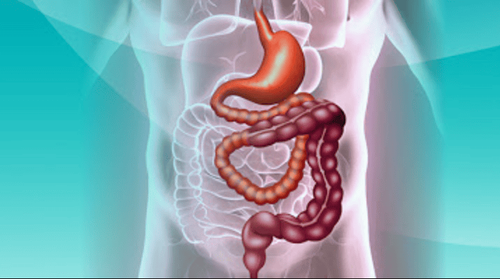
5. Conclusion
Medium chain fats have unique digestive, absorptive and oxidative properties that have led to their use in the treatment of digestive disorders of great interest. The easy absorption of medium-chain fats without the need for bile or pancreatic enzymes makes them a good source of calories in causing malabsorption and hyperlipidemia due to diseases, such as such as pancreatic or biliary insufficiency. Because of their ability to cross the lymphatic system, medium-chain fats can also serve as a lipid source for patients with nutrient leakage. Since medium-chain fats do not contain EFAs, supplementation with EFAs containing vegetable oils will be necessary after 3 weeks to avoid deficiency. Although studies are limited, medium-chain fats may be considered as a single source of additional calories, or as part of a gut product, in certain digestive disorders.
Please dial HOTLINE for more information or register for an appointment HERE. Download MyVinmec app to make appointments faster and to manage your bookings easily.
References
Neha D. Shah, Berkeley N. Limketkai, The Use of Medium-Chain Triglycerides in Gastrointestinal Disorders, Nutrition issues in gastroenterology, series
160, practicalgastro. Bach AC, Babayan VK. Medium-chain triglycerides: an update. Am J Clin Nutr. 1982;36(5):950-62. 2. Gropper SS. Advanced nutrition and human metabolism. 6th Ed. ed. Belmont, OH: Cengage Learning; 2012. Isaacs PE, Ladas S, Forgacs IC, et al. Comparison of effects of consuming medium- and long-chain triglyceride on gallbladder volume and release of cholecystokinin and other gut peptides. Dig Dis Sci. 1987;32(5):481-6. Symersky T, Vu MK, Frolich M, et al. The effect of equicaloric medium-chain and long-chain triglycerides on pancreas enzyme secretion. Clin Physiol Funct Imaging. 2002;22(5):307-11.





